MongoDB Associate Developer Exam Questions 2024
- We are offering 475 latest real MongoDB Associate Developer Exam Questions 2024 for practice, which will help you to score higher in your exam.
- Aim for above 85% or above in our mock exams before giving the main exam.
- Do review wrong & right answers and thoroughly go through the explanations provided to each question which will help you understand the question.
A developer using MongoDB with their application must possess the knowledge andskills necessary to utilize the database eectively. This means that they must havehands-on experience completing day-to-day operational tasks needed to useMongoDB. At a minimum, it’s recommended that the candidate has
- Software engineering experience (any programming language)
- Successfully completed MongoDB training (or equivalent hands on experienceusing MongoDB as the backing database for an application)
Below knowledge is recommended for MongoDB Associate Developer Exam Questions 2024 Exam Questions 2024
The exam objectives and topic level weighting are below for your reference. Use them
to guide your study and to prepare for the exam.
Section 1: MONGODB OVERVIEW AND THE DOCUMENT MODEL (8%)
- Identify the set of value types MongoDB BSON supports.
- Given three documents that are of dierent shape, identify which can co-exist in the
- same collection.
Section 2: CRUD (51%)
- Given a scenario with a type of structured document that needs to be inserted into a
- database, identify properly and improperly formed insert commands.
- Given an update scenario where an entire updated document (no update operators
- used) is provided, identify the output and how the database changed state.
- Given an update scenario where $set is used, identify the output and how the
- database changed state.
- Given a scenario about updating a document and information about where it should
- be inserted if it does not exist, identify the upsert command that should be used.
- Given a scenario where multiple documents need to be updated, identify the correct
- update expression.
- Given a findAndModify scenario where another operation is run concurrently, identify
- the output and how the database changed state.
- Given a scenario where a document should be deleted from the database, identify the
- delete expression that should be used.
- Given a scenario where a single document should be looked up by a simple equality
- constraint (eg {x: 3}), identify the expression that should be used.
- Identify documents matched by a query with an equality constraint on an array field.
- Identify documents matched by an expression with relational operators in it.
- Identify documents matched by an expression with $in.
- Identify documents matched by an $elemMatch expression.
- Identify documents matched by an expression that has several logical operators.
- Given a query with a sort and limit, identify the correct output.
- Identify the incorrect projection among a set of expressions.
- Identify how to get all results from a cursor.
- Identify the expressions used to count the number of documents matching a query.
- Given an indexing scenario, identify the correct command for defining a search index.
- Given a scenario, identify the correct search query.
- Given an aggregation expression using $match, $group, identify the correct output.
- Given an aggregation expression using $lookup, identify the correct output.
- Given an aggregation expression using $out, identify the correct output.
Section 3: INDEXES (17%)
- Given a query that is performing a collection scan, identify which index would
- improve the performance of this query.
- Given a query that is performing a collection scan on an equality match on an array
- field, identify which index would improve the performance of this query.
- Given a query with no constraint and a sort of two fields that is doing collection scan,
- identify which index would improve the performance of this query.
- Given a collection, identify how many indexes exist for that collection.
- Identify poor production practices.
- Identify the explain plan outputs that signify a potential performance issue,
- specifically whether an index is present or not for the given query.
Section 4: DATA MODELING (4%)
- Given a scenario with three collections (a parent and two children) and the user,
- identify the embedded relationships and which should be linked.
- Identify data model examples that are considered an anti-pattern.
Section 5: TOOLS AND TOOLING (2%)
- Given a scenario to load Atlas Sample Dataset and then use Data Explorer to use it to
- find a given first document in a collection
*Section 6: DRIVERS (18%)
- Define what the XX driver is?
- Define how the XX application connects/uses the XXX driver?
- Define the components of the URI string used by MongoClient to connect the driver to
- the database.
- Identify what connection pooling is in terms of the driver and what advantages it
- oers.
- Identify the correct syntax for the XX driver to insert one document and to insert
- many documents.
- Identify the correct syntax for the XX driver to update one document and to update
- many documents.
- Identify the correct syntax for the XX driver to delete one document and to delete
- many documents.
- Identify the correct syntax for the XX driver to find many documents and to find one
- document.
- Identify the correct syntax for the XX driver to create an aggregation pipeline.
- Identify the dierent syntax for the XX driver when using the MongoDB Query
- Language (MQL) and when using the Aggregation Framework.
*The MongoDB Associate Developer exam is oered in multiple programming
languages. Although they all share a common set of core questions, Section 6 – Drivers,
will be presented according to the programming language selected during registration
Exam Details
Format: 53 Multiple choice questions
Time allotted: 75 Minutes
Exam fee: USD $150
Delivery Options: Online in a proctored environment
Prerequisites: None
Language: English
Checkout other Mongodb Certifications here : https://skillcertpro.com/product-category/oracle-cloud/
Review exam details here on official Mongodb site : https://learn.mongodb.com/pages/mongodb-associate-developer-exam

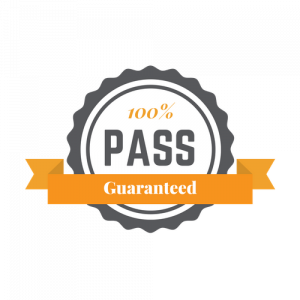
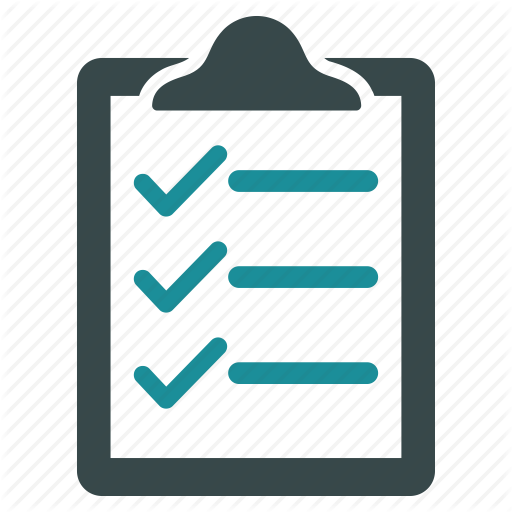
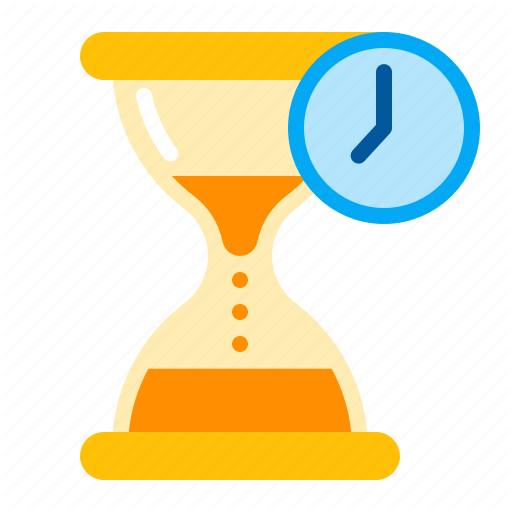
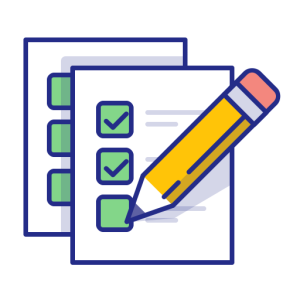
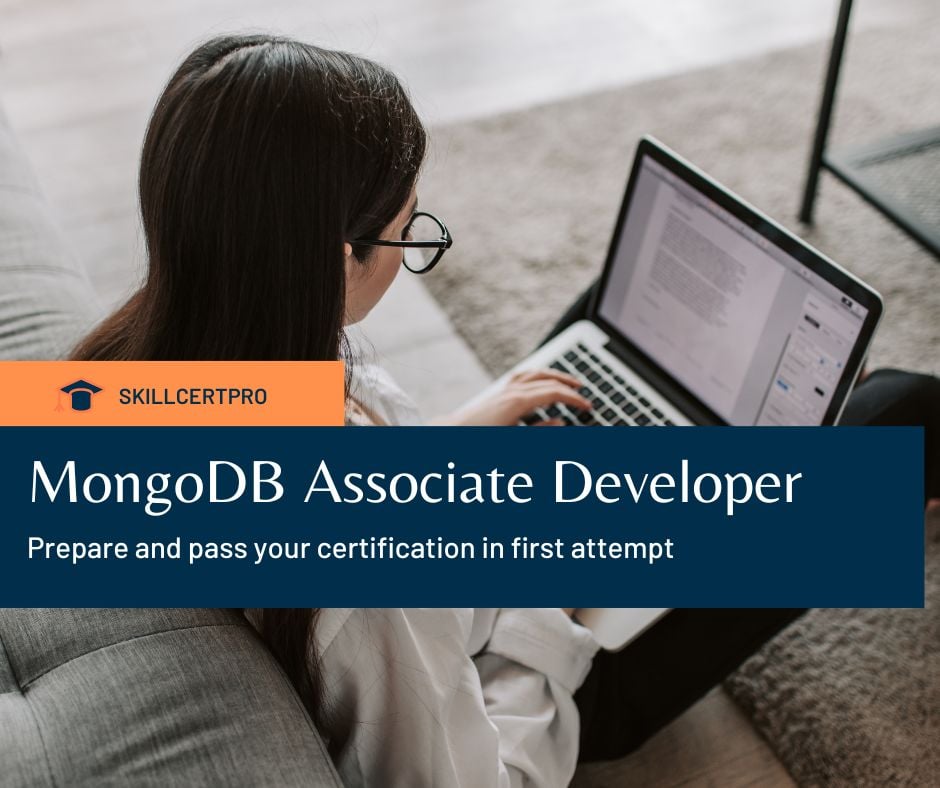




Mona Dean –
By far the best training I could have purchased for this exam. It was challenging and helped me pass the exam after 3 day of purchase. Highly recommended for quick study
Tonya Powell –
Thanks to Skillcertpro’s exceptional resources and support, I walked into the exam room feeling confident and prepared. The actual exam closely resembled the practice test
Jocelyn Bailey –
I think it was a good decision on my part to go with these practice tests. Getting familiar with the type of questions and the explanations of each question helped me in completing the certification in the first attempt. Definitely recommended!
Leanna Rosario –
These practice exams were a great way to identify weak areas in my studies for the Mongodb associate developer exam, and the explanations provided for each question/answer helped me immensely. Passed on the first try on yesterday. Boom!